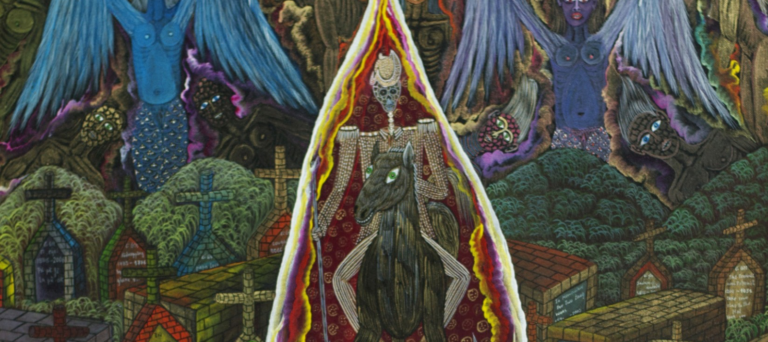Vodou is one of the most misunderstood belief systems in the world. Derided by the Church and popular culture, in fact it is a fascinating system of ethics, culture, agriculture, cosmology, folklore and medicine. Its foundations are in the tribal religions of West Africa and it was brought to the West Indies country of Haiti, to the USA, and to the Caribbean and Cuba by slaves of African descent.
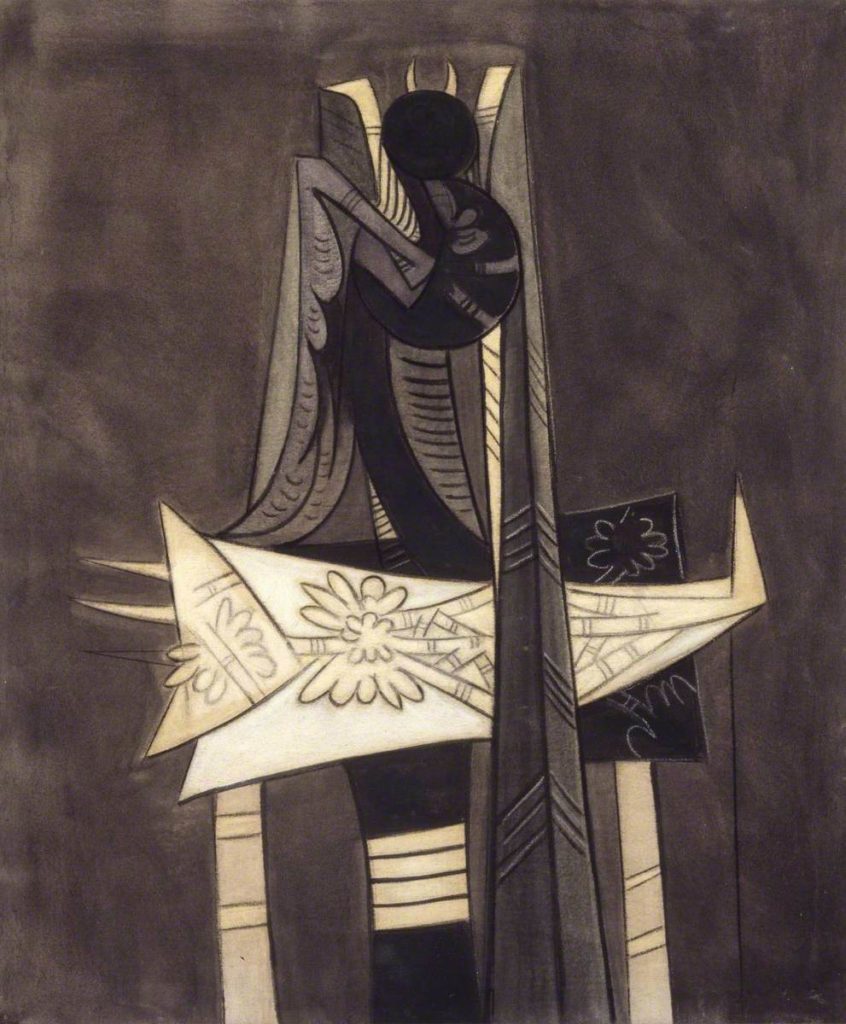
Haiti has a reputation for natural disasters, poverty and violence, but in sharp contrast is the art of the urban and rural poor. These imaginative, visually intricate works reflect the rich history and culture of Haiti’s people.
Vodou (also known as voodoo, vodoo or voudon) is influenced by European Catholicism and folklore as well as the religion of Haiti’s first people, the Taino, who were almost wiped out by the first Spanish settlers. In vodou we see paintings, on board or canvas, tapestries, flags and sculptural forms – all specific representations of spiritual power.
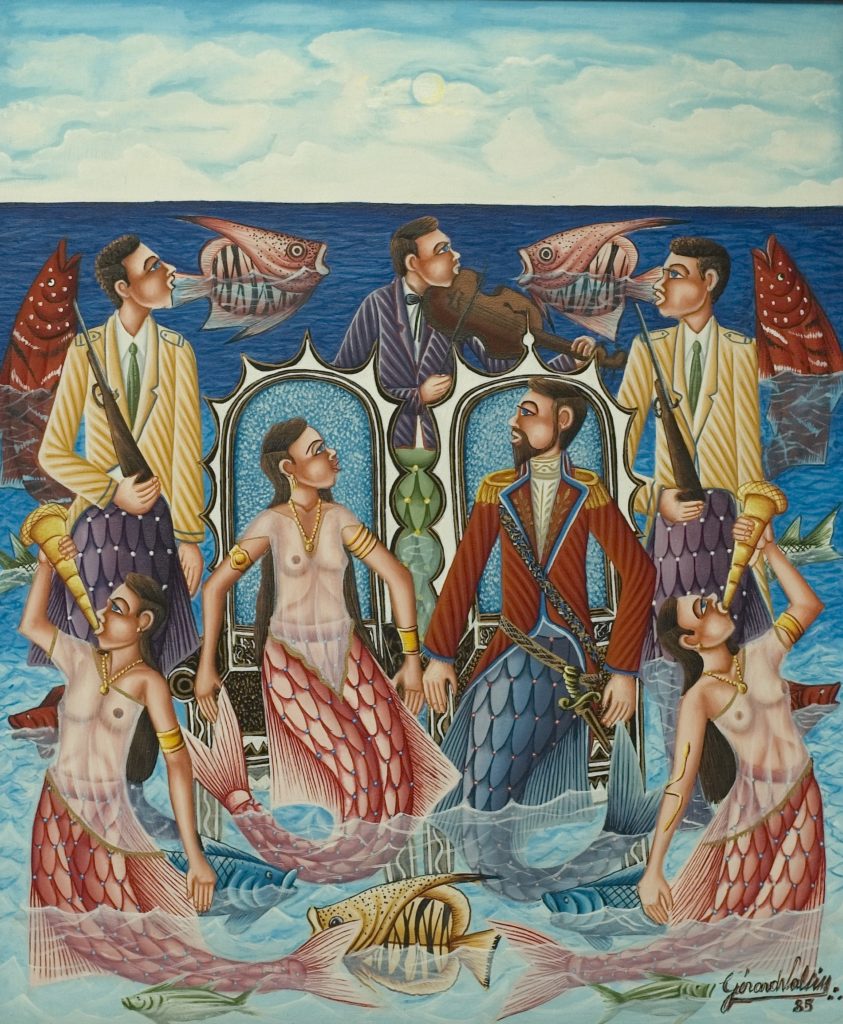
In Haiti from the 1950s to the 1970s vodou was overshadowed by the terrible dictatorship of Francois Duvalier – Papa Doc. He used vodou as an instrument of terror, dressing his militia, the Tontons Macoutes, as the spirit of agriculture while his own costume evoked the vodou deity of death, Baron Samedi. Papa Doc, and his son Baby Doc looted the country and are reported to have killed 30,000 of their countrymen and women.
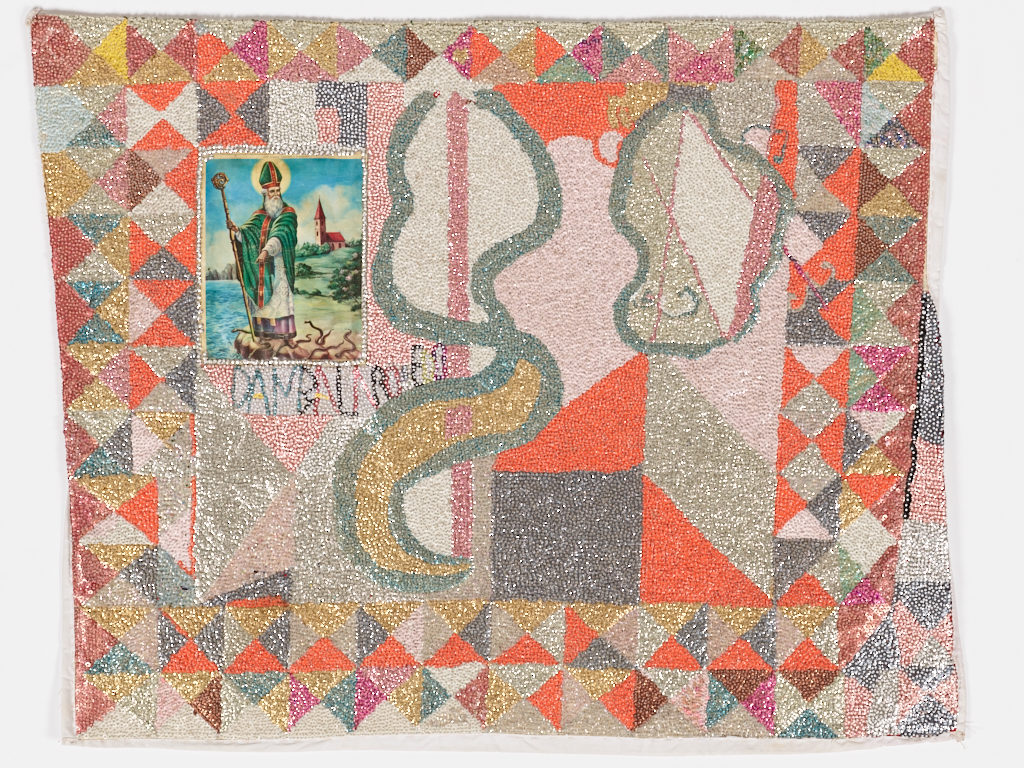
But vodou is so much more than that grim chapter in Haiti’s history. It is a powerful phenomenon. Its supporters say it is neither good nor evil, but a way of channeling energy. It certainly was a way to champion and celebrate African heritage. And it was an impressive anti-colonial force, helping to establish the first autonomous black nation, after the 1791 Haitian Revolution.
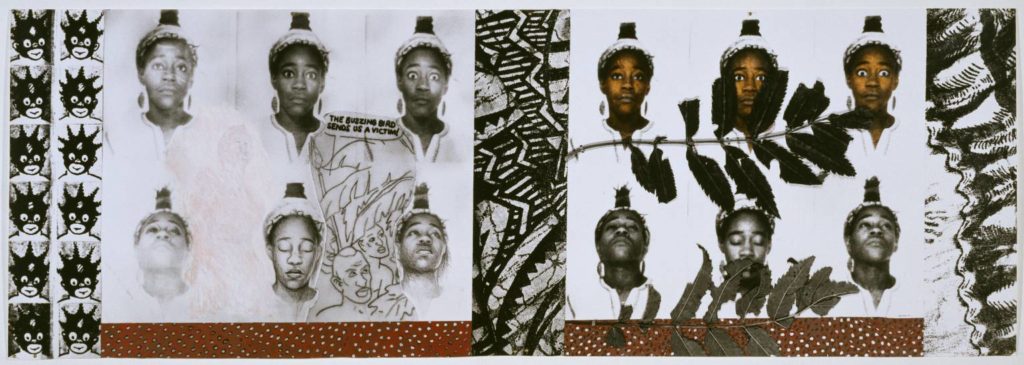
Modern artists continue to mine this rich seam of human experience, illuminating its value and relevance today.
